The Value Proposition Canvas and Business Model Canvas were initially developed by Dr. Alexander Osterwalder and published in his books Value Proposition Design (2014) and Business Model Generation (2010). The initial work on the business models was grounded in the lean start-up movement and subject of his first publication Business Model Generation (2010). Value Proposition Design (2014) was then written as a companion to Business Model Generation. These books have now sold over a million copies and have been published in 37 languages. USA Today named Business Model Generation among the 12 best business books of all time, and the German edition was named Management Book of the Year 2011. The Value Proposition and Business Model Canvas are currently being used by over 5 million business practitioners around the globe and are now taught in hundreds of business school programs (globally, and growing). They are rapidly becoming mainstream best practices in the corporate innovation space.
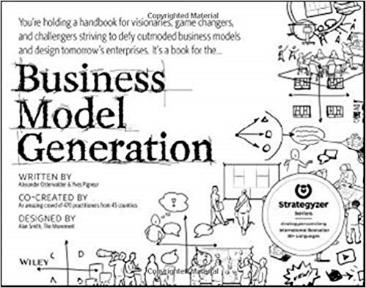
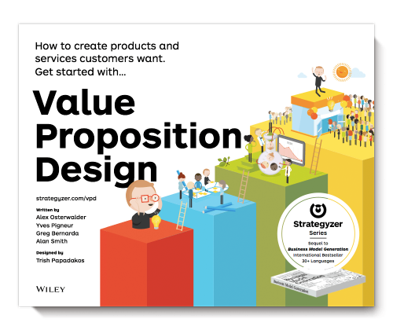
The value of these frameworks is their ability to consolidate a significant amount of leading-edge business theories into pragmatic, easy to understand tools, that can be immediately applied to produce results and improve business success rates. The rapid adoption rate of these tools within global corporations is a testament to their value and usefulness.
In 2015
Alexander Osterwalder won the strategy award by Thinkers 50, called the “Oscars of Management Thinking”, and ranks #15 among the leading business thinkers of the world. In 2013 he won the inaugural Innovation Luminary Award by the European Union. He is a frequent keynote speaker at Fortune 500 companies and has held guest lectures in top universities around the world, including Wharton, Stanford, Berkeley, IESE, MIT, KAUST and IMD.
In 2018, our principle consultant, Dr. Daniel Lewis, traveled to Baden, Switzerland to receive 50 hours of intensive personal training from Dr. Osterwalder on how to train practitioners in the use and application of these tools, and is focused on bringing this knowledge to the smaller sized business.
More than 322 schools across the United States, plus countless more worldwide now these techniques, which we apply in advisory services and cover in our seminars and workshops.
• Missouri University Of Sci & Tech • Butler University • University Of St Thomas St Paul • University Of Chicago • Ivy Tech Cc Indianapolis • University Of Calif Santa Cruz • Asbury Theological Sem • Calif St University Northridge • Biola Univ • Pittsburg State Univ • Georgetown Univ • Arkansas State University Jonesboro • Mira Costa College • Dartmouth College • Imperial Valley College • Auburn University Auburn • Peru State College • Niagara University • Arizona St University Tempe • University Of Delaware • Metropolitian Community Coll • University Of Hawaii Manoa • Central Michigan Univ • Calvin College • University Of Incarnate Word • North Lake College • Pratt Institute • University Of Central Florida • Emery Weiner School • University Of Tenn Knoxville • Seminole State Coll Seminole • University Of Washington • Skyline College • Saddleback College • University Of Conn Hartford • Purdue University Main Campus • Los Angeles Sw College • Calif St Poly University Pomona • University Of Miami • University Of Virginiasch Medicine Health System • University Of South Florida Tampa • Brooklyn Law School • Expression Coll Of Digital Art • Smith College • Miami Dade College • Itt Tech Inst Duluth • Hagerstown Comm College • Mississippi College • Art Inst Of Houston • University Of Mass Bostonharbor Campus • Miami University Oxford • North Lake College • University Of Conn Storrs • Siena Heights University • Texas Christian Univ • University Of Iowa • University Of St Thomas St Paul • Skyline College • Salem State University • Colorado School Of Mines • John Carroll University • Grace College Seminary • Depaul University • University Of Maryland Coll Pk • School Of Visual Arts • Calif St University Northridge • Everest University Orange Park • Concordia University River Forest • Florida A & M Univ • University Of Tenn Knoxville • Los Angeles Sw College • Glendale Comm Coll (Az) • Itt Tech Inst Orland Park • Cuny Brooklyn College • Paradise Valley Comm Coll • Mira Costa College • Capella University Minneapolis • University Of Louisville • Ivy Tech Cc Indianapolis • Wayne State Univ • Biola Univ • Westminster Coll Slc • New School University New York • University Of Central Florida • Trident Technical Coll • Art Inst Of Las Vegas • Texas A & M University Coll Sta • North Shore Comm College • Western Mich Univ • Wichita State University • College Of Lake County • Tulsa Community College
 Your Value Proposition:
Your Value Proposition: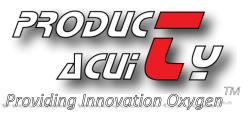
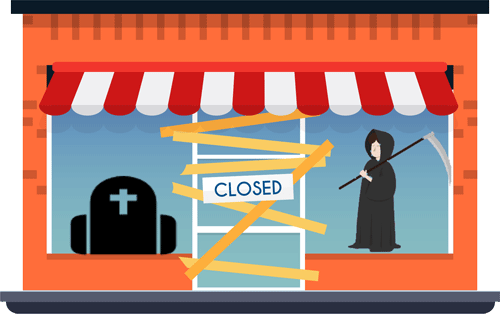 The quality of your value proposition can be the difference between a business that thrives, and one that struggles to survive. The US Department of Commerce reports that 2 out of 3 business will fail in less than 10 years. The #1 reason businesses fail is the inability to deliver real value to customers.
The quality of your value proposition can be the difference between a business that thrives, and one that struggles to survive. The US Department of Commerce reports that 2 out of 3 business will fail in less than 10 years. The #1 reason businesses fail is the inability to deliver real value to customers.  Failure of a firm to continually revise and evolve their Value Proposition to maintain alignment with current market conditions can result in a "blow-up" of the business. In a market survey of businesses regarding value propostions:
Failure of a firm to continually revise and evolve their Value Proposition to maintain alignment with current market conditions can result in a "blow-up" of the business. In a market survey of businesses regarding value propostions: 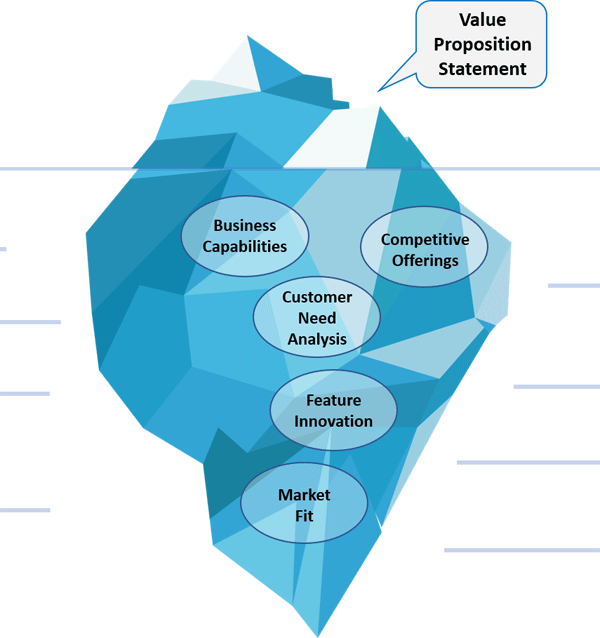






 Main Challenges
Main Challenges
 Main Challenges
Main Challenges
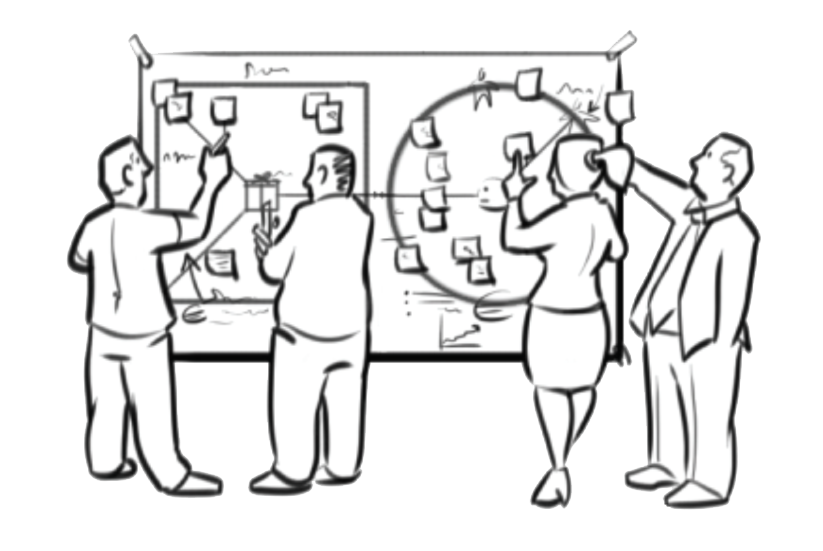 The
The 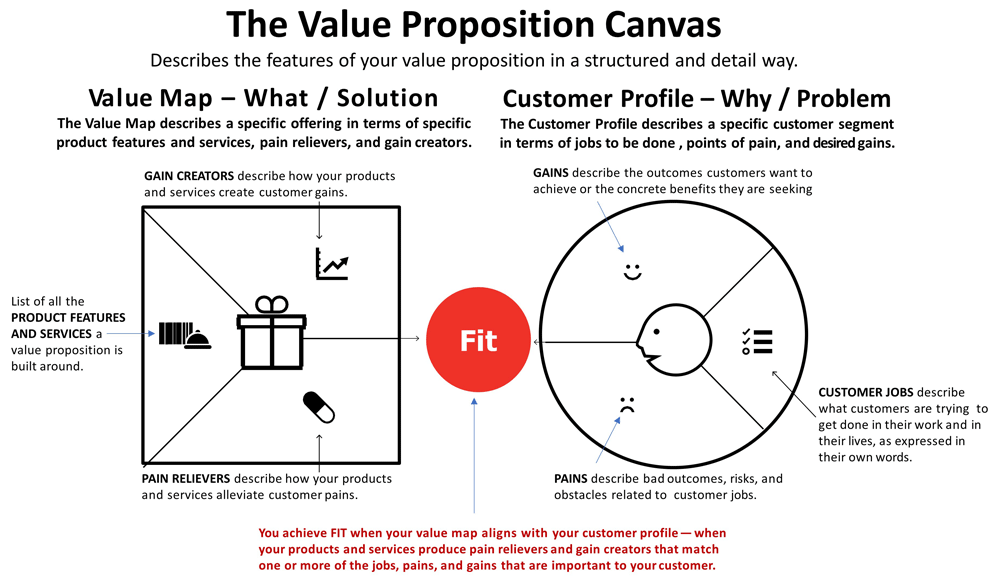







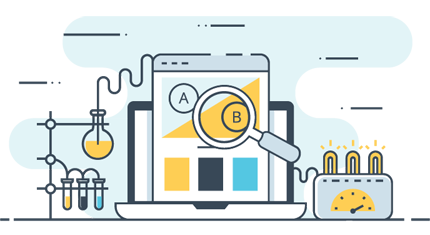


 This seminar provides an introduction to the concepts and components of the Value Proposition Canvas, equipping attendees with the foundation knowledge needed to pursue additional training and use of the tools, either on their own, or through additional structured training and consulting.
This seminar provides an introduction to the concepts and components of the Value Proposition Canvas, equipping attendees with the foundation knowledge needed to pursue additional training and use of the tools, either on their own, or through additional structured training and consulting. This is an intensive workshop providing in-depth, hands-on training in the use and application of the Value Proposition Canvas. Attendees learn how to apply the model along with approaches to drive innovation and specific techniques to validate ideas and assumptions with customers (
This is an intensive workshop providing in-depth, hands-on training in the use and application of the Value Proposition Canvas. Attendees learn how to apply the model along with approaches to drive innovation and specific techniques to validate ideas and assumptions with customers ( Enlist us for a comprehensive engagement that includes coaching and advice as you work through the process of defining and validating a value proposition. This begins with customized in-house training that can span over an extended period of time, with advice and guidance as you work through a Value Proposition definition project.
Enlist us for a comprehensive engagement that includes coaching and advice as you work through the process of defining and validating a value proposition. This begins with customized in-house training that can span over an extended period of time, with advice and guidance as you work through a Value Proposition definition project.  today (281.858.3271) for a free no obligation discussion of your current needs and situation.
today (281.858.3271) for a free no obligation discussion of your current needs and situation.